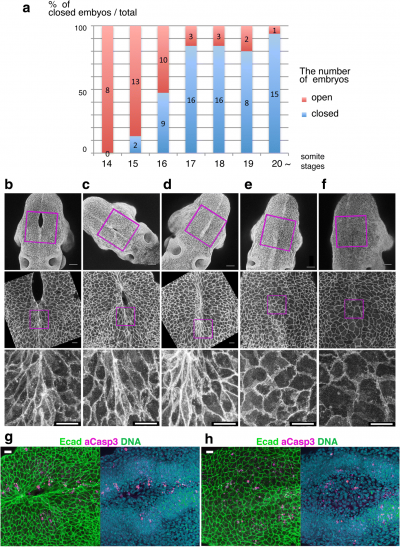User:Z5229177: Difference between revisions
No edit summary |
|||
| Line 9: | Line 9: | ||
Sections such as embryonic origins, developmental/adult function, and abnormalities/abnormal development still needs to be worked on as they are currently empty and lacking content. | Sections such as embryonic origins, developmental/adult function, and abnormalities/abnormal development still needs to be worked on as they are currently empty and lacking content. | ||
Overall, the content is detailed and understandable by readers. Good job on the done parts! Just need to brush up on those that have yet to be filled in, and also the references portion need to be listed out neatly. | Overall, the content is detailed and understandable by readers. Good job on the done parts and good use of the self-drawn figures! They are easy to understand and looks refreshing apart from the normal images or figures found online or on journal articles. Just need to brush up on those that have yet to be filled in, and also the references portion need to be listed out neatly. | ||
=Notes:= | =Notes:= | ||
Revision as of 15:29, 8 October 2018
Peer Review:
Group 1
Z5229177 (talk) 16:26, 8 October 2018 (AEDT) The history of neural crest was well-described and detailed, considering the different discoveries made. However, it is a too lengthy and would be good to link the history of adrenal medulla to neural crest under the history section as that should be the main focus of the project.
For Developmental time course, I feel it might be good to have a timeline to show the different weeks of development and differentiation of the cortex and medulla to add on to the existing content that is already there. This might help readers to understand better.
Sections such as embryonic origins, developmental/adult function, and abnormalities/abnormal development still needs to be worked on as they are currently empty and lacking content.
Overall, the content is detailed and understandable by readers. Good job on the done parts and good use of the self-drawn figures! They are easy to understand and looks refreshing apart from the normal images or figures found online or on journal articles. Just need to brush up on those that have yet to be filled in, and also the references portion need to be listed out neatly.
Notes:
Only can use references more than 6 months old
need to cite from original research paper (discovery) Differentiate between research & review papers
https://www.ncbi.nlm.nih.gov/pmc/articles/PMC3718324/ https://www.ncbi.nlm.nih.gov/pubmed/23723064
https://www.ncbi.nlm.nih.gov/pubmed/25662261 https://www.sciencedirect.com/science/article/pii/S0070215314000076?via=ihub
Z5229177 (talk) 11:20, 14 August 2018 (AEST)
Adding an Image
Neuropore cell shape changes[1]
Reference
PMID: 30056110
Walls ML & Hart RJ. (2018). In vitro maturation. Best Pract Res Clin Obstet Gynaecol , , . PMID: 30056110 DOI.
In vitro maturation recent article[1]
